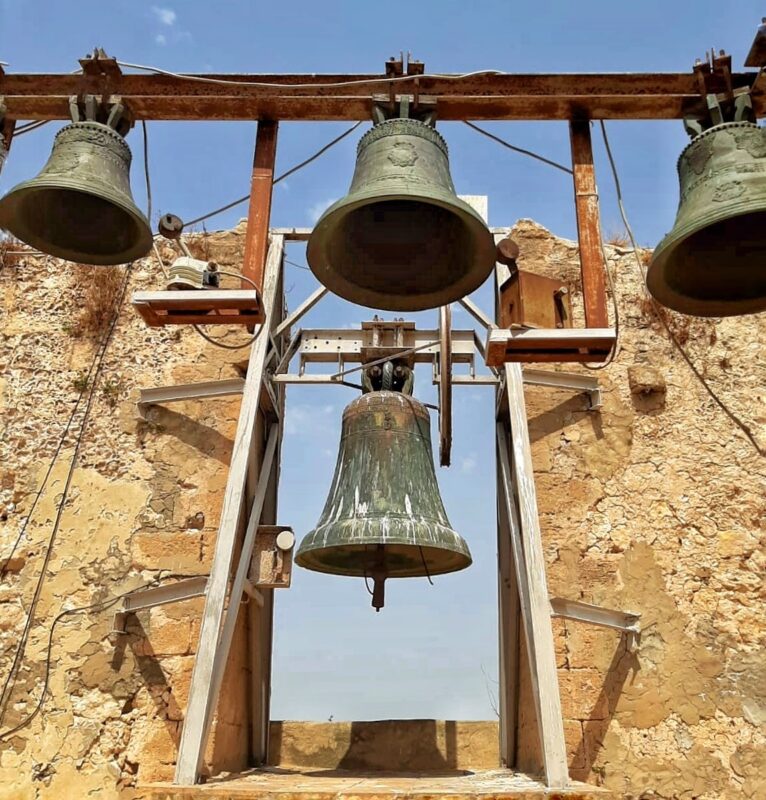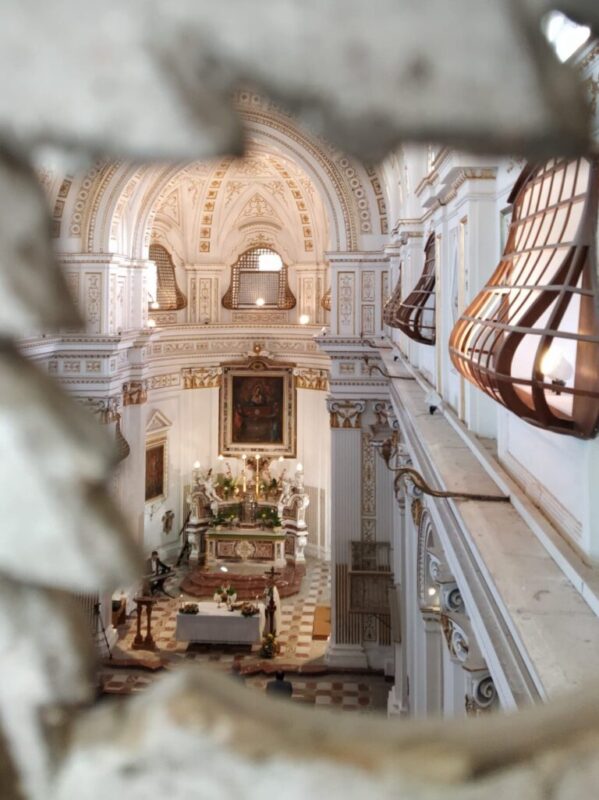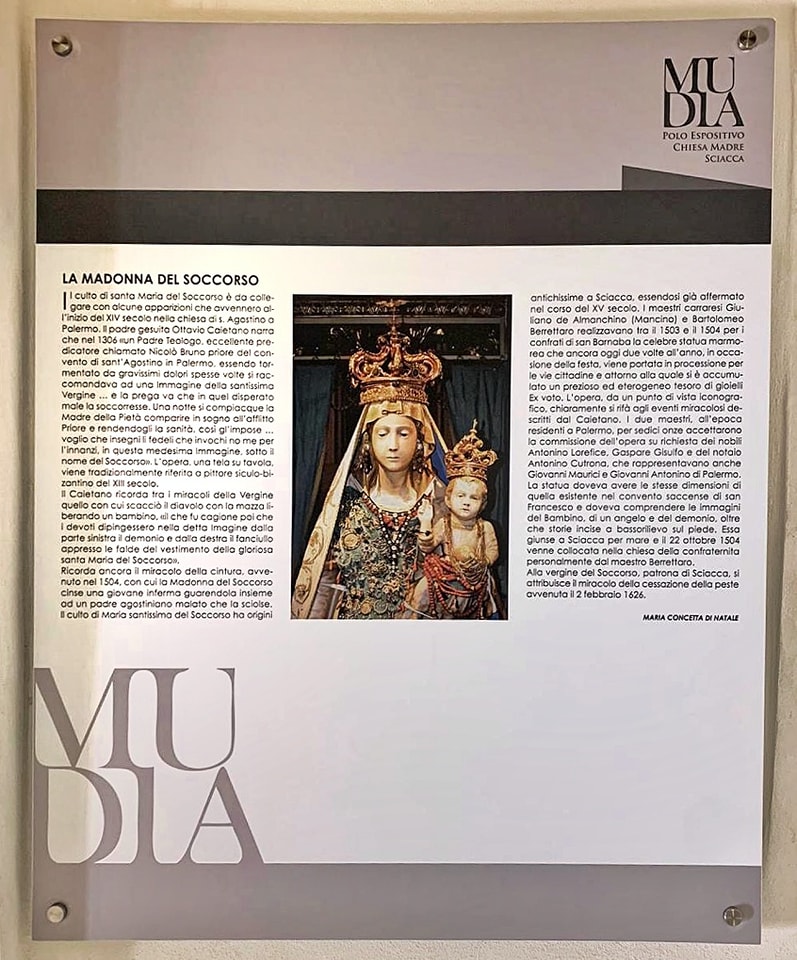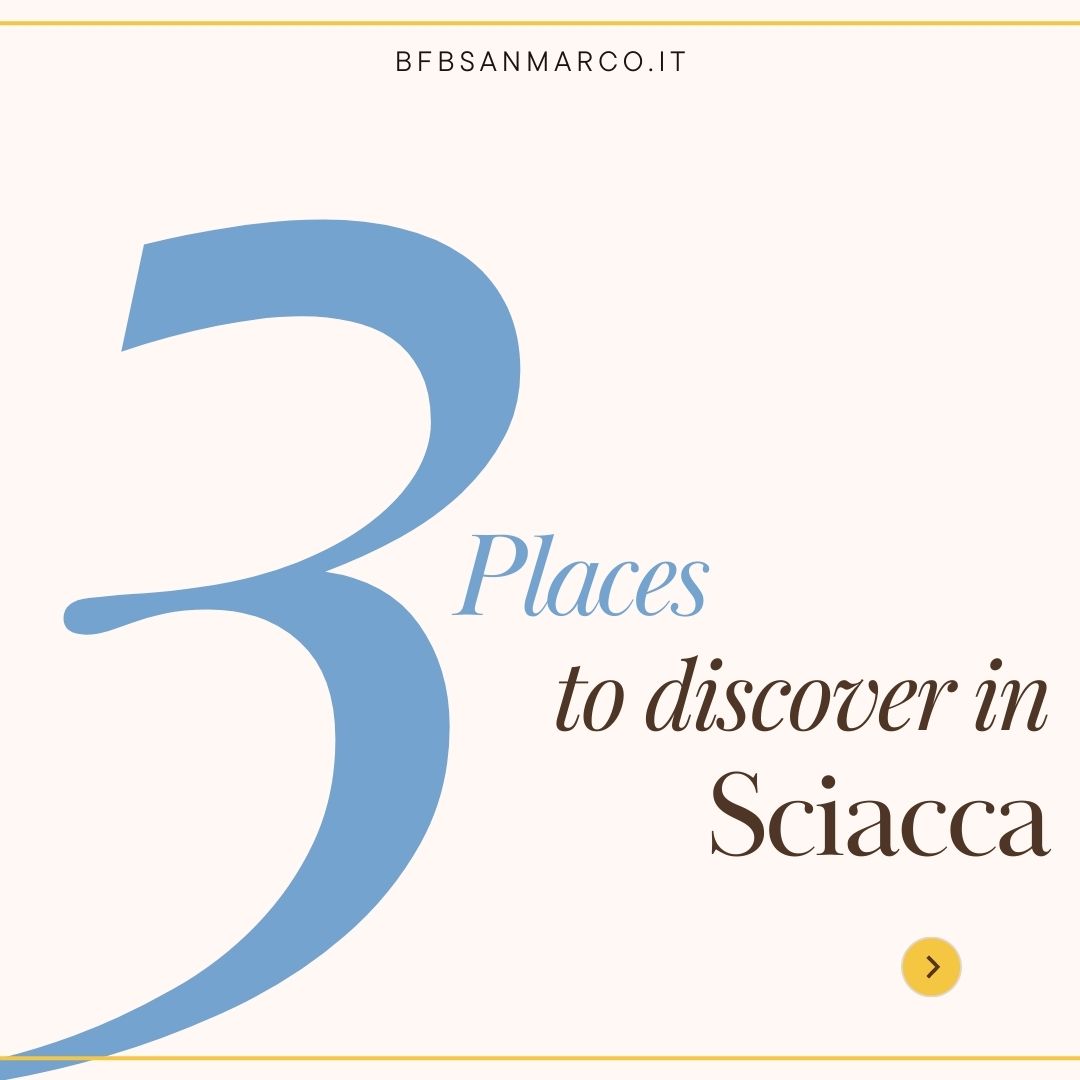Thanks to the collaboration with the Museo Diffuso dei 5 Sensi in Sciacca you can discover places you didn’t know you could find: starting from the value of faith, passing through the art that distinguishes the details of our city, In Sciacca you can live in first person places of immense and priceless value.
Let yourself be immersed by the perception of the Beauty of our Identity and our territory, discovering three Common Goods reopened thanks to the willpower of a community that collaborates to show the wonders of its territory.
The Bell Tower of San Michele was erected in 1550, by the brotherhood of S. Michele.
We are lucky to be able to show a powerful construction with perfectly geometric shapes, with a square base. It has the characteristics of a defensive work built in Sciacca at the time of Charles V, when the threat of pirate raids or the landing of the Turkish was more pressing. Probably raised for sighting, the tower was then used as a bell tower.
The Bell Tower of the Church of San Michele was reopened thanks to an agreement between the Archdiocese of Agrigento and the Community of the Widespread Museum of the 5 Senses, of which we are proud to be part, and can be visited on Saturday and Sunday from 10:00 AM to 12:00 AM.
Do not miss the opportunity to explore it. The view is crazy!


Discover what sensory beauty means to us.
The monastery of Badia Grande was founded in 1380 by Count Guglielmo Peralta and was completed in 1401 by his wife Eleonora d'Aragona and their son Nicolò. Later the monastery was enlarged and restored by embellishments by Count Artale Luna, husband of Margherita Peralta, and other benefactors.
The monastery took the name of Badia Grande because it was the largest and richest monastery in town, called "Bataranni" in sicilian dialect.
The church of Saint Maria dell'Itria shows the beauty in every corner of its majesty: its long nave, the frescoes, the history, are characteristic symbols of a sacred place loved by all the citizens.
This Common Good is an experience not to be missed! You can also choose to be accompanied by expert guides, not to miss the details that make this place memorable, also discovering the story of how the "summer cannolo" was born, or the Sicilian dessert that you can only find in Sciacca: the "ova murina"!
Every Mudia present on the territory of the diocese of Agrigento is an expression of the identity and culture of the local communities. In Sciacca the centrality is addressed to the Madonna del Soccorso and to all the valuable works related to her worship and her devotion, expressed over the centuries through various and precious materials, first of all the coral of Sciacca.
The Basilica of Maria Santissima del Soccorso is the Main Church of Sciacca, perhaps the oldest, which has architectural structures typical of the Renaissance. It consists of three apses in Arab-Norman style and two Gothic arched portals and preserves the statue of Maria Santissima del Soccorso, patron saint of Sciacca. According to historical accounts, this statue was found under the sea water during a time when the city was in the grip of the plague, but on 1st February 1626 the whole population began a pilgrimage, called "u vutu", from the church of Sant'Agostino to the Church. The following day a large group of sailors took the statue of Our Lady on pilgrimage. Once in the area of the Little Maestranza, lightning fell from the sky and struck the Madonna’s feet. In that precise moment a smoke was released that spread throughout the city and all the people recovered from the plague. After the event, the Madonna del Soccorso became Patroness of Sciacca and every year a festival is organized twice a year in her honor , on 2nd February and 15th August.



